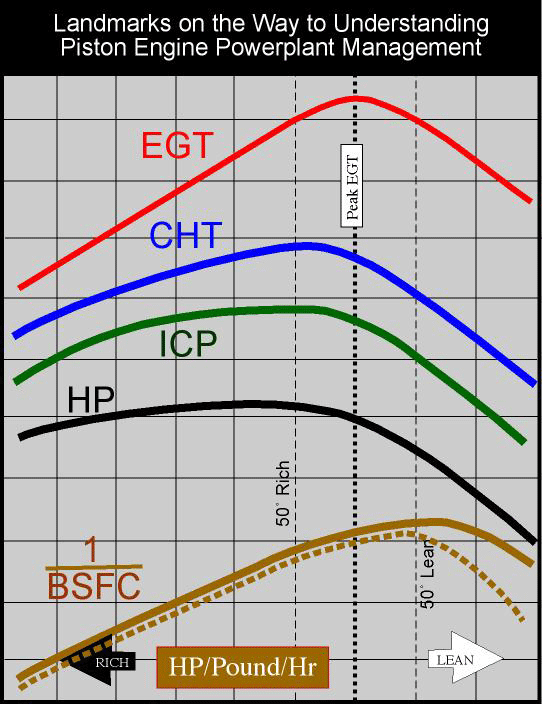Typo in the header, should be: BR8ES
So, I have a grand total of 2+ hours on my dual P-Mag install on my O320-D1A RV4.
Which, as a separate issue,, install went very well as did my initial testing. I love the things, especially the crazy-low idle speeds!
Now here comes one of my first trips away from home base, and what happens.
Run-up on the left mag is a no-go. Misfiring, rough, and truth be told, had this been a slick, I would have "assumed" a lead-fouling issue and would have taken aggressive measures to clear it. But thinking this "must" be an issue with the new P-Mags, and as I have yet to read any posts on VAF the cites lead-fouling as an issue with the auto plugs, I taxied back and performed some additional ground runs.
After a few minutes, I had it running well enough (not sure what I did), so I elected to fly the 30 minute flight back to home base, solo, and dig deeper.
During the flight home, rough running mag was intermittent, and only when I isolated the left mag. Ran fine, albeit a tad lower RPM on both.
Back in the hangar, I removed the cowl, checked for any obvious issues with plugs wires, and P-Mag wiring. Checked for the dreaded "yellow LED of death", sand verified that both mags were still timed. Everything looked good, so I removed the plugs.
I am running entirely on auto-plugs: NGK BR8ES.
Top plugs were fine,
Bottom plugs,, every one had a small amount of lead build-up (remember, this is only hour three). One plug in particular, had a nifty little lead bridge from the edge, just about to the center electrode, which I am convinced was the issue. Under a magnifying glass, I could see that it had been arcing.
I apologize for the long post, but here is the question:
Has anyone else experienced similar issues with the NGKs? As I mentioned, all I have heard to date, has been just the opposite.
And just for the record, I am a very aggressive leaner on the ground, not so much in-flight. I tend to lean only above 5,000' density altitude (as per Lycoming's recommendations). But on the ground, mixture comes back to just about idle-cutoff for all taxiing.
However good or bad my leaning technique is, it hasn't changed from all of my Slick-Years, and I have never seen a lead-bridge like this before, especially so soon.
Anyone have any ideas?
I plan on calling Brad, but realized he is probably tied up with OSH.
So, I have a grand total of 2+ hours on my dual P-Mag install on my O320-D1A RV4.
Which, as a separate issue,, install went very well as did my initial testing. I love the things, especially the crazy-low idle speeds!
Now here comes one of my first trips away from home base, and what happens.
Run-up on the left mag is a no-go. Misfiring, rough, and truth be told, had this been a slick, I would have "assumed" a lead-fouling issue and would have taken aggressive measures to clear it. But thinking this "must" be an issue with the new P-Mags, and as I have yet to read any posts on VAF the cites lead-fouling as an issue with the auto plugs, I taxied back and performed some additional ground runs.
After a few minutes, I had it running well enough (not sure what I did), so I elected to fly the 30 minute flight back to home base, solo, and dig deeper.
During the flight home, rough running mag was intermittent, and only when I isolated the left mag. Ran fine, albeit a tad lower RPM on both.
Back in the hangar, I removed the cowl, checked for any obvious issues with plugs wires, and P-Mag wiring. Checked for the dreaded "yellow LED of death", sand verified that both mags were still timed. Everything looked good, so I removed the plugs.
I am running entirely on auto-plugs: NGK BR8ES.
Top plugs were fine,
Bottom plugs,, every one had a small amount of lead build-up (remember, this is only hour three). One plug in particular, had a nifty little lead bridge from the edge, just about to the center electrode, which I am convinced was the issue. Under a magnifying glass, I could see that it had been arcing.
I apologize for the long post, but here is the question:
Has anyone else experienced similar issues with the NGKs? As I mentioned, all I have heard to date, has been just the opposite.
And just for the record, I am a very aggressive leaner on the ground, not so much in-flight. I tend to lean only above 5,000' density altitude (as per Lycoming's recommendations). But on the ground, mixture comes back to just about idle-cutoff for all taxiing.
However good or bad my leaning technique is, it hasn't changed from all of my Slick-Years, and I have never seen a lead-bridge like this before, especially so soon.
Anyone have any ideas?
I plan on calling Brad, but realized he is probably tied up with OSH.
Last edited:





